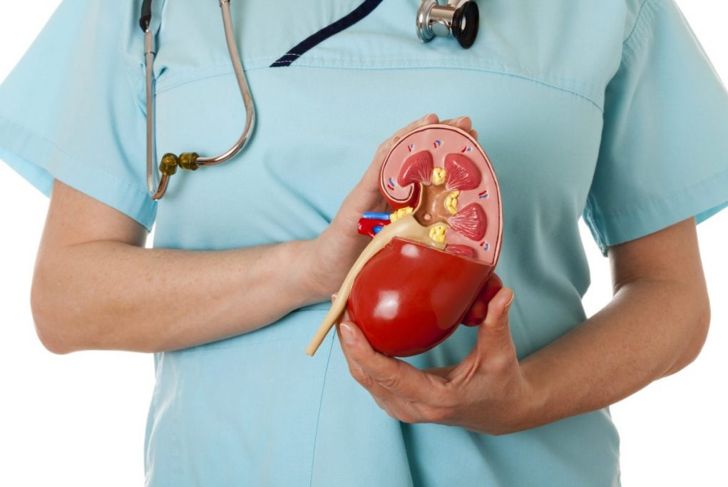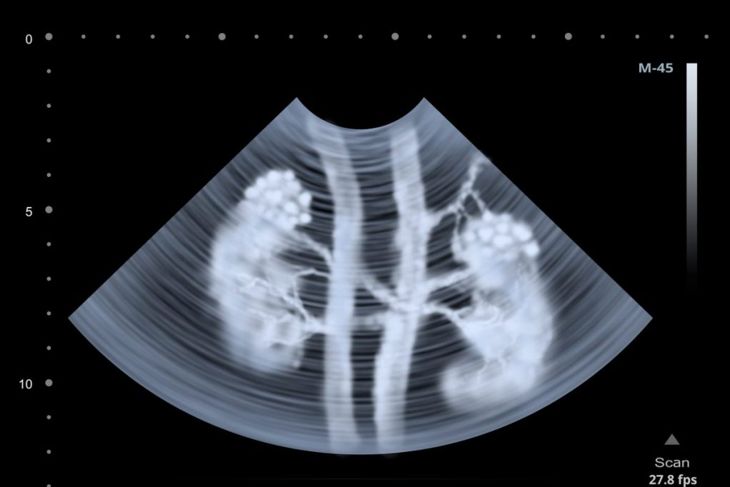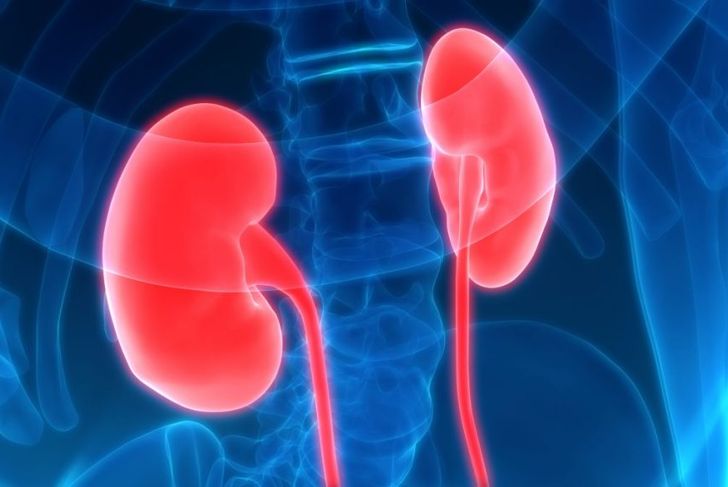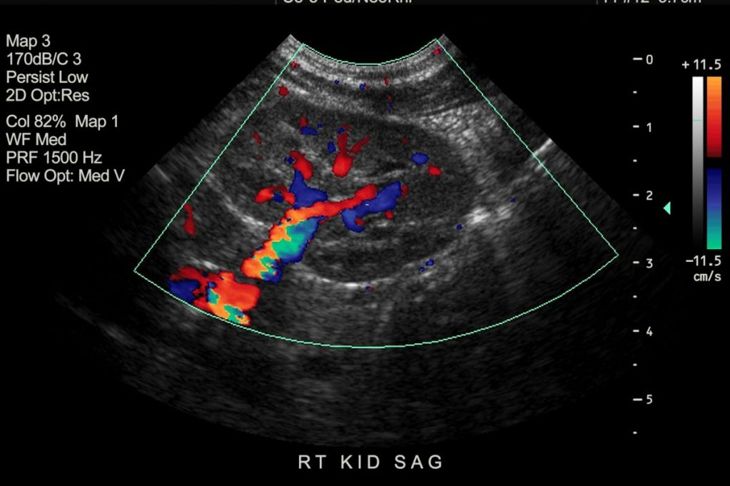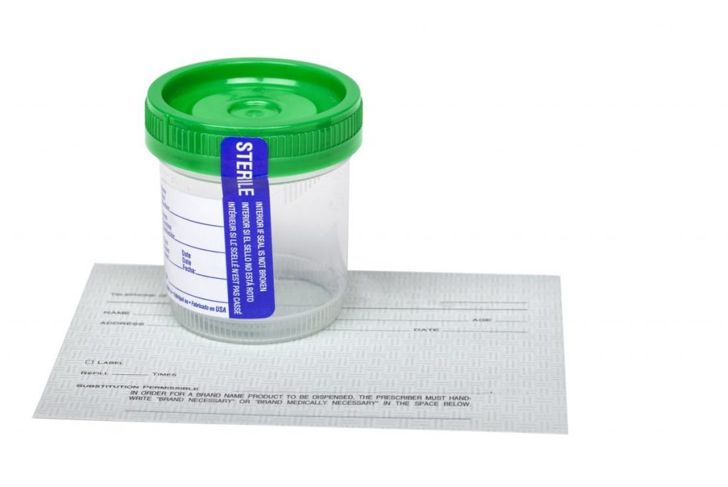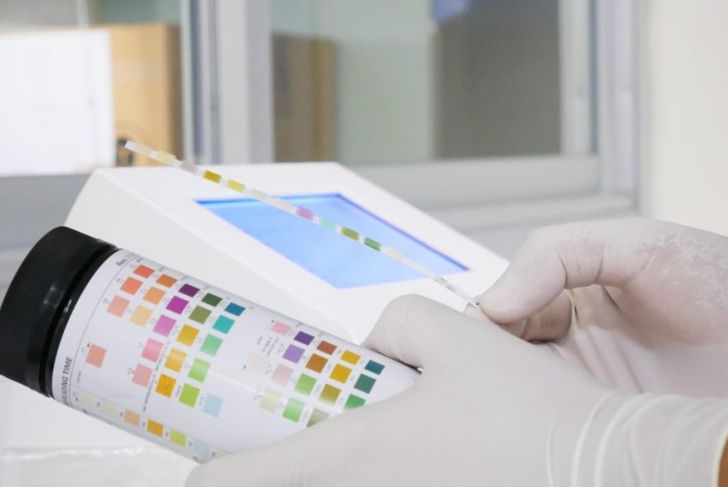Kidney dysplasia — which experts may refer to as renal dysplasia or multicystic dysplastic kidney disorder — is characterized by abnormal internal structures of one or both kidneys, a result of altered development in utero. Kidney dysplasia is often confused with polycystic kidney disease, but they are different conditions. Renal dysplasia causes reduced kidney function of varying degrees. Damage to only one kidney is called unilateral renal dysplasia, and damage to both kidneys is called bilateral renal dysplasia. Some people with kidney dysplasia have no health issues at all, while others may need dialysis or develop symptoms over time.
Abnormal Structural Development
When kidneys develop normally, two thin tubes of muscle known as ureters expand into the kidneys and create the tiny tubules found in a healthy kidney. These tubules collect urine from the growing baby in the womb. Kidney dysplasia occurs when the ureters do not grow and branch out as they normally would. The urine that should have been collected by tubules builds up. The collected urine inside the growing kidney has no route of escape so it forms fluid-filled sacs or cysts within the kidney. Normal, functioning kidney tissue cannot grow in the space occupied by the cysts.
Bilateral Dysplasia
The severity of kidney dysplasia varies widely. A baby with severe bilateral dysplasia usually does not survive, and a miscarriage occurs. The pregnancy almost always ends naturally because the baby’s kidneys in the womb are part of amniotic fluid production. Amniotic fluid is essential for the developing baby, so the pregnancy cannot continue without a sufficient quantity. If the pregnancy does continue and the baby survives birth, the only options for treatment are dialysis or a kidney transplant.
Renal Agenesis
Unilateral dysplasia, one affected kidney and one functioning kidney, is also referred to as renal agenesis. Children born with renal agenesis can live completely normal lives without symptoms, in the same manner as a person who has donated a kidney. The healthy kidney takes over all function. Both doctor and patient may not notice the dysfunctional kidney until diagnosis or treatment a different health concern reveals it.
Symptoms of Kidney Dysplasia
The most common symptom of kidney dysplasia in newborn babies is an enlarged kidney. The structural abnormalities of kidney dysplasia increase the risk of urinary tract infections and other problems. Infections and structural issues must be monitored closely and treated immediately because they can damage the healthy kidney as well. High blood pressure and kidney cancer may occur, but they are rare symptoms of this disorder. Blood and protein in urine is a symptom that requires medical evaluation.
Complications
Kidney dysplasia may cause a variety of complications for children and adults. It can be difficult to empty the bladder, which leads to increased risk of infection or damage from urine backing up into the kidneys. Other symptoms include incontinence, vaginal discharge, pain in the sides and lower back, and chronic renal failure.
Genetics
Genetic kidney dysplasia can come from dominant or recessive disorders. An autosomal dominant disorder develops from only one mutated gene. A child will have the disorder if he has an inherited mutated gene from either parent. An autosomal recessive disorder needs two mutated genes to develop, so a child will not have the disorder unless he inherits the mutation from both parents. A person who inherits one mutated gene for a recessive disorder is a carrier but does not have any symptoms. An adult diagnosed with renal cystic disease should have any children assessed as well.
Causes
Doctors link some prescription high blood pressure or seizure medications and recreational drugs taken during pregnancy with kidney dysplasia. There is no solid evidence that these substances cause the condition, however, so women should talk with their health care providers to determine benefits, risks, or possible treatment alternatives. Many cases of kidney dysplasia are caused by genetic conditions, and a significant percentage of all diagnosed cases are idiopathic, meaning there is no identifiable cause.
Diagnosis
A fetal ultrasound or sonogram can diagnose kidney dysplasia during pregnancy. Ultrasounds are routine, so doctors may notice abnormalities without prior suspicion or they may specifically look for kidney dysplasia if there is a genetic possibility. The image lets doctors identify potential structural defects. Ultrasounds can also provide a diagnosis after the baby is born. An ultrasound immediately after birth is usually prompted by feeling a mass in the baby’s side due to an enlarged kidney, while diagnosis when the infant or child is older often follows frequent urinary tract infections or other medical conditions.
Monitoring
Children with only a single damaged kidney may not require treatment. Doctors will usually monitor overall health to catch potential problems early. Regular examinations include checking blood pressure and blood tests to measure kidney function. The doctor will test the child’s urine for albumin, a protein in the blood which, when found in urine, is an indicator of kidney damage. Ultrasounds at regular intervals will monitor the affected kidney and ensure the functioning organ remains healthy.
Prognosis
The prognosis for children born with kidney dysplasia affecting both kidneys depends on severity. A nephrologist, a doctor specializing in kidney disease, helps develop a treatment and monitoring plan to maintain healthy tissue and function as long as possible. Children may eventually require dialysis or a kidney transplant. Infections from damaged tissue can destroy the remaining healthy tissue. A surgical procedure to remove damaged tissue from the kidney is an option in some cases. Surgeons will only remove a non-functioning kidney to alleviate discomfort or save healthy tissue.

 Home
Home Health
Health Diet & Nutrition
Diet & Nutrition Living Well
Living Well More
More